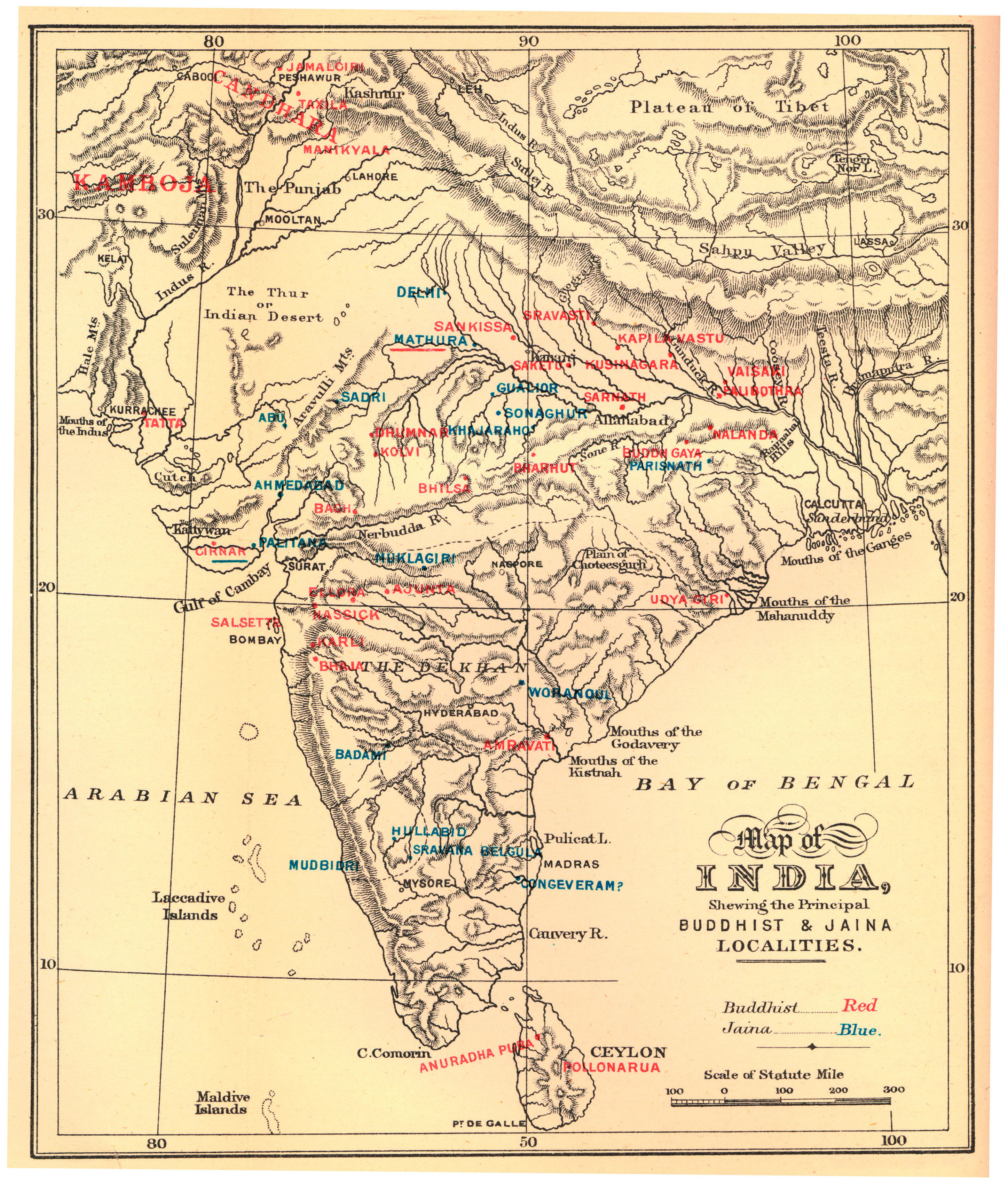Mappings
Empire first!

Map the (future) empire first!? revoir titre? (NB Inde pas strictement une ‘colonie’)
An irony of colonial history: the British produced a detailed map of the Indian subcontinent before India formally became a ‘crown colony’ in the British Empire … and before creating a map of the British Isles! A case of ‘mapping’ what you covet or wish to own, before you have properly ‘mapped’ yourself…(NR – j’ai un peu adapté le texte explicatif/message clé/’pourquoi j’ai choisi ce texte’ et te laisse remodifier – plus de clarté dans le message/application serait bien pour la V ANG)
When, in 1760, the first topographical surveys were carried out in India by the British military, there was no unified map of the British Isles, except for a map of Scotland, established by the Scots following the uprising of 1745. The United Kingdom cartography service was only established in 1791 and the first detailed map of the British Isles was produced in 1811, 20 years after that of India.
On their side, the Indians had developed a land registry practice, which was at once ancient and rigorous. Since the Moghol Empire (1526-1857), measures used for land were preserved in the archives of every village accountant and controlled by civil servants. Specialized officers were charged with measuring each of the Emperor’s visits in his provinces, using the following unit of measurement:
‘The basic measure is a thumb, which is determined in three different ways:
– First, by aligning three grains of rice lengthwise. That is called a thumb.
– Secondly, by measuring the circumference of a human thumb, half the length of which is a thumb.
– Thirdly, by measuring the second joint of the middle finger, half of which is a thumb.
Twelve thumbs make up a foot. 32 feet make one bamboo and four bamboos in a square make up an acre.
These measures are universally understood.’
NR
Source: National Archives of India, New Delhi. ‘The Chetrie Ganietam’ (///date?? pas facile à trouver en ligne… il faudrait mettre la date, c’est ça qui est intéressant également, autant que la date de trad.), text in Sanskrit translated by Benjamin Heyne (1773-1866), quoted in the text ‘Connections, crossovers and circulation’, by Kapil Raj, taken from ‘From comparison to crossovers in history’. From the journal ‘Le genre humain’, Seuil, 2004.
Comments (0)